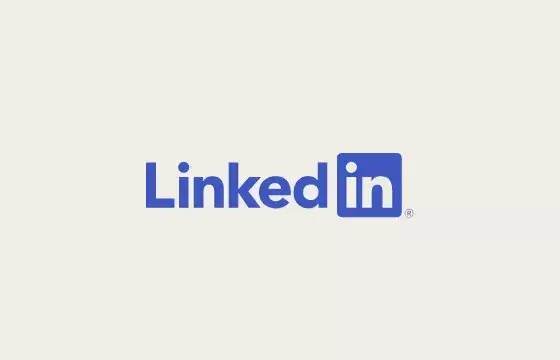In an era where digital platforms are increasingly intertwined with our personal and professional lives, LinkedIn’s latest move to expand its data-sharing practices with Microsoft underscores a pivotal shift in how user information is utilized. While on the surface, these updates appear to be standard industry practice—aimed at enhancing ad relevance and AI capabilities—the underlying implications warrant a deeper scrutiny. At their core, these changes reflect a broader trend where user data is viewed not just as a means to serve personalized content, but as a valuable commodity fueling artificial intelligence innovations.
The core concern isn’t merely about targeted ads but about the erosion of boundaries between what users consciously share, what is inferred from their behavior, and how those insights are repurposed across corporate ecosystems. When LinkedIn states that it will share non-identifying activity data with Microsoft, it invites questions about the limits of privacy and the kind of profile that is being built behind the scenes. Even when data is anonymized, the sheer volume and granularity of activity—profile updates, feed interactions, ad engagement—can contribute to intricate user profiles that extend well beyond individual control. This raises an essential debate about whether users truly understand or consent to the depth of data integration taking place.
Balancing Innovation with Ethical Responsibility
While the technological advantages of such data sharing are undeniable—improved ad targeting, more sophisticated AI-driven content creation, and better connection between users and opportunities—the ethics of deploying such methodologies remain contentious. The promise of more relevant ads and enhanced AI tools offers tangible benefits, but at what cost? For many users, especially those wary of being viewed as mere data points, these augmentations feel like a breach of trust, particularly when transparency is buried within legal jargon.
The option to opt out, though available, places a burden on the user to actively manage their privacy settings—a task that is often complicated by confusing interfaces or a lack of clear understanding. Default settings being “on,” as noted for AI training, imply that most users will be unintentionally contributing to sophisticated AI models unless they take deliberate steps to withdraw. Such practices subtly shift the power dynamic, favoring corporations over individual privacy rights, especially when consent is embedded within lengthy, somewhat opaque disclosures.
Moreover, the regional disparities—where outside the EU, privacy regulations are less strict—highlight a troubling divide. Companies leverage regulatory loopholes to push forward their data ambitions, often at the expense of trust in jurisdictions with weaker protections. This approach can be seen as a strategic exploitation of legal variances, ultimately undermining the integrity of user control and fostering a sense of skepticism among the platform’s global user base.
Transforming the Professional Landscape: Opportunities and Risks
From a broader perspective, LinkedIn’s incorporation of AI fueled by user data is poised to revolutionize how professionals connect, market, and grow their careers. AI-driven features such as content suggestions, personalized outreach, and tailored job recommendations could democratize access to opportunities, making the platform more dynamic and responsive. For recruiters, AI tools might streamline talent acquisition, making the process more efficient and targeted.
However, these advancements come with a significant caveat: the risk of homogenization and manipulation. When AI models are trained on vast swathes of personal data, they may inadvertently reinforce biases, overlook the nuances of individual careers, or promote stereotypes. Furthermore, the commodification of professional information might encourage a dehumanized approach, where the focus shifts from genuine connections to algorithmic curation based on data profiles—potentially reducing individuals to data points in a grand scheme of corporate-driven automation.
Lastly, the fundamental question remains: does this data-centric approach truly serve users’ best interests, or does it primarily benefit corporations seeking to monetize every interaction? The default opt-in strategy for AI data use hints at a prioritization of corporate profit over user empowerment. As professionals increasingly rely on these digital ecosystems, their trust hinges on transparency, fairness, and a meaningful choice—elements that seem to be growing faint in the shadow of relentless data collection and AI optimization.
LinkedIn’s recent updates embody a potent blend of technological progress and ethical challenge. While innovation can unlock new possibilities for career development and engagement, it also risks deepening the chasm between user autonomy and corporate interests. The question is whether the future of professional networking will be a realm of mutual benefit or one of subtle data exploitation—only time will tell.

